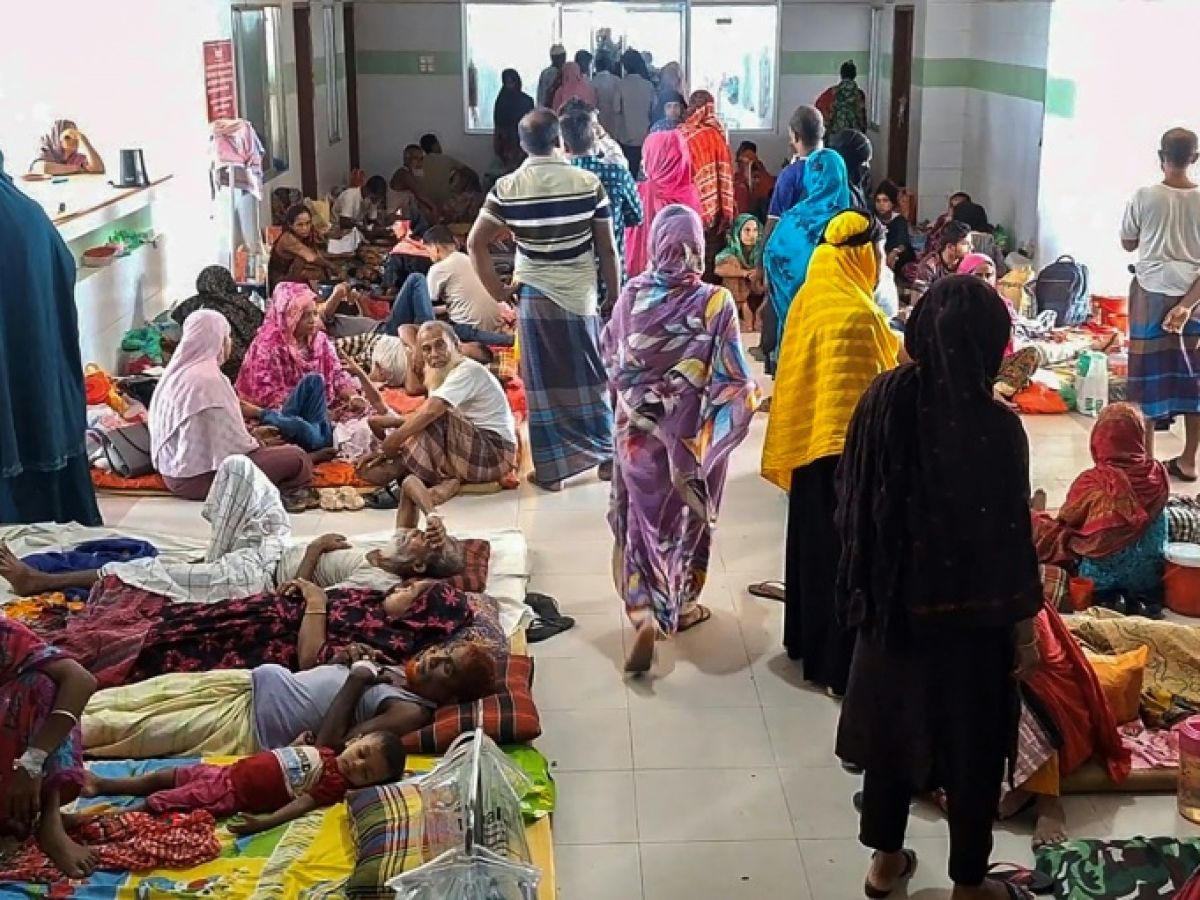New dengue fever alert in Bangladesh: The epidemic of fever, spread by mosquitoes, has reappeared in hospitals in the country's coastal districts, forcing them to treat patients on the ground.
At a time when global warming is profoundly altering the global weather, experts attribute this sudden resurgence of the virus to the lack of drinking water in the Brahmaputra and Ganges delta regions.
In Barisal (north), Azmeri Mona Lisa Zareen died of dengue fever earlier this month and her two-year-old daughter is inconsolable.
"My wife developed a high fever... her blood pressure dropped and she couldn't breathe," said her husband, Rakibul Islam Rajan, 31. "Since her death, our daughter has been looking for her everywhere."
Nearly half of the 7,500 cases recorded in Bangladesh in 2025 were in Barisal district, according to the Institute of Epidemiology, Disease Research and Control (IEDCR).
Five patients have died from it, bringing the total to 31 nationwide this year.
These figures are still far from those observed during the 2023 episode, when more than 200,000 cases, including 1,700 deaths, were recorded.
But in the small town of Barguna, the local health official, Shyamol Krishna Mondal, is adamant: the current epidemic is "the worst ever seen" in his area.
More than 200 dengue patients have already been hospitalized there. "We don't have any more beds for them," he assures, "we're treating people on the floor."
Kabirul Bashar, an epidemiologist at Jahangirnagar University in Dhaka, believes that the lack of clean drinking water is "one of the main causes" of the recent dengue outbreak.
– “Stagnant waters” –
"The drinking water distribution system is almost non-existent" in certain regions of the country of 170 million inhabitants, he notes.
As a result, many of them are forced to use rainwater for their basic needs, which they store in containers, which encourages the development of mosquitoes that carry the disease.
Additionally, scientists note, climate change is increasing the frequency of storms, which push salty seawater further inland, contaminating wells and lakes.

"Everything must be done to prevent the proliferation of stagnant water. The rule should be inviolable, but unfortunately, it is not," laments Mushtuq Husain, a public health specialist and advisor to the IEDCR.
"Rising temperatures and increasingly erratic rainfall, which is conducive to mosquito breeding, only increase our vulnerability," he insists.
Dengue fever has been present in Bangladesh since the 1960s, but health officials only recorded the first outbreak there in 2000.
The World Health Organization (WHO) recently warned of the risks of an acceleration of dengue fever and other mosquito-borne infections, thanks to warming temperatures.
Nearly half of the world's population is now considered at risk from these diseases, according to the WHO, which records 100 to 400 million cases of dengue fever each year.
In Barisal, Rakibul Islam Rajan fears that his wife will be one of the first victims and accuses the authorities of not doing enough to combat the proliferation of mosquitoes.
"My wife died of dengue fever, I don't know how many more will follow," he worries. "And I don't see much cleaning."

